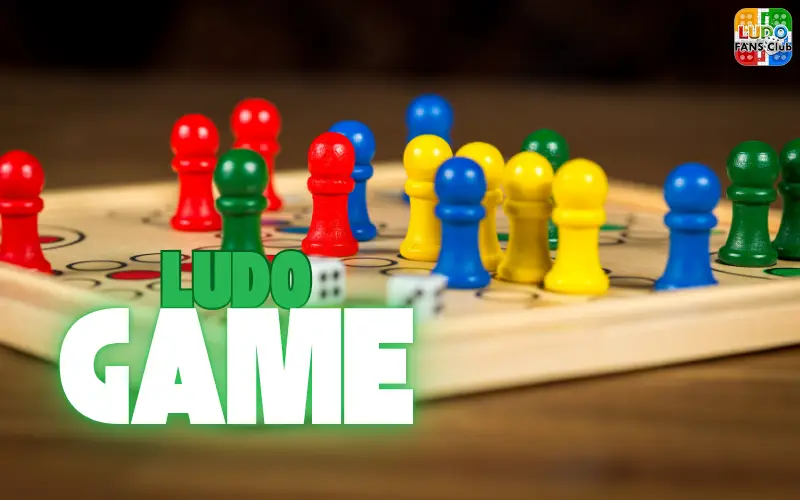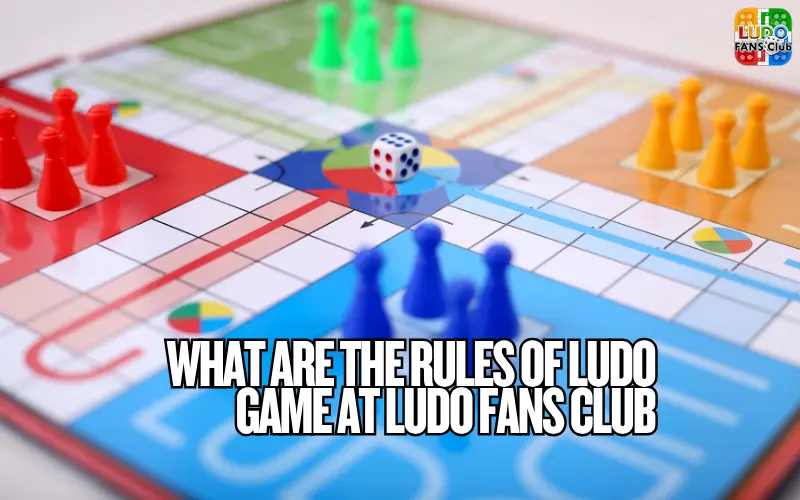Ludo Game is a classic board game that has entertained families and friends for generations. Its simple rules and engaging gameplay make it a favorite among players of all ages. At Ludo Fans Club, we celebrate this timeless game by providing a platform for enthusiasts to connect, play, and share strategies. In this article, we will delve into the rules of Ludo Game, ensuring you have a comprehensive understanding of how to play and enjoy this beloved game.
Understanding the Basics of Ludo Game
Before we dive into the rules, let’s take a moment to understand the basic components of the Ludo game. Ludo is typically played by 2 to 4 players, each with their own colored pieces. The Ludo Game board consists of a cross and circle pattern, with each player’s home area located in one corner of the board. The objective is to move all your pieces from your starting area to your home area before your opponents do.
Components of the Ludo Game
- Game Board: The Ludo Game board is square-shaped, divided into four colored sections (red, green, yellow, and blue) and a central area known as the “home” area.
- Pieces: Each player has four pieces of the same color, which they will move around the board.
- Dice: A single die is used to determine the number of spaces a player can move their pieces.
Setting Up the Game
Before starting a game of Ludo, players must set up the board correctly. Here’s how to do it:
- Choose Colors: Each player selects a color and takes the four corresponding pieces.
- Place Pieces: All pieces are placed in the player’s starting area, which is located in the corner of the board.
- Determine the Starting Player: Players take turns rolling the die. The player with the highest number starts the game.
Basic Rules of Ludo
Now that you understand the setup, let’s explore the fundamental rules of Ludo that every player should know.
1. Rolling the Dice
- Players take turns rolling the die to determine how many spaces they can move their pieces.
- To move a piece out of the starting area and onto the board, a player must roll a six. If a player rolls a six, they can move one piece out and roll again.
2. Moving Pieces
- Players can move their pieces according to the number rolled on the die.
- A player can choose to move one piece the full number of spaces or split the number between two pieces (if they have more than one piece on the board).
- If a player rolls a six, they get an additional turn after moving a piece.
3. Landing on Opponent’s Pieces
- If a player lands on a space occupied by an opponent’s piece, the opponent’s piece is sent back to their starting area.
- The player who landed on the opponent’s piece gets to take another turn.
4. Safe Spaces
- Certain spaces on the board are designated as “safe spaces.” These are typically marked with a circle or a star.
- If a player lands on a safe space, their piece cannot be captured by opponents.
5. Reaching the Home Area
- To enter the home area, a player must roll the exact number needed to land on the entry space.
- Once a piece reaches the home area, it is safe and cannot be moved again.
6. Winning the Game
- The first player to move all four of their pieces into the home area is declared the winner.
- In the event of multiple players reaching home simultaneously, the player who reached home first wins.
Advanced Rules and Strategies
While the basic rules of Ludo Game are straightforward, there are some advanced rules and strategies that can enhance your gameplay experience at Ludo Fans Club.
1. Blocking Opponents
- Players can strategically position their pieces to block opponents from advancing. By placing two pieces on the same space, you create a blockade that opponents cannot pass.
2. Utilizing Safe Spaces
- Make use of safe spaces to protect your pieces from being sent back to the starting area. Positioning your pieces on these spaces can provide a tactical advantage.
3. Rolling Multiple Sixes
- If a player rolls multiple sixes in a row, they can continue to move their pieces and take additional turns. However, if they roll three sixes consecutively, they must forfeit their turn.
4. Prioritizing Movement
- Consider which pieces to move based on the current game situation. Sometimes, Ludo Game it may be more beneficial to advance a piece closer to home rather than capturing an opponent’s piece.
Playing Ludo Online at Ludo Fans Club

At Ludo Fans Club, we offer an exciting online platform for players to enjoy Ludo from the comfort of their homes. Here’s how you can get started:
1. Create an Account
- Sign up for a free account on Ludo Fans Club to access our online Ludo games. Registration is quick and easy.
2. Join a Game
- Once registered, you can join existing games or create your own. Invite friends or play with random opponents from around the world.
3. Enjoy Interactive Features
- Our platform includes interactive features such as chat options, Ludo Game leaderboards, and tournaments, enhancing your gaming experience.
4. Practice and Improve
- Use our practice mode to hone your skills before competing against other players. Familiarize yourself with the rules and strategies to increase your chances of winning.
Conclusion
Ludo is a game that combines luck and strategy, making it a delightful experience for players of all ages. By understanding the rules and employing effective strategies, you can enhance your gameplay and enjoy the thrill of competition. At Ludo Fans Club, we are passionate about bringing Ludo enthusiasts together, providing a platform for fun, friendship, and friendly rivalry.
Whether you’re a seasoned player or new to the Ludo Game, we invite you to join us at Ludo Fans Club. Discover the joy of Ludo, connect with fellow players, and embark on an exciting journey filled with laughter and camaraderie. So gather your friends, roll the dice, and let the games begin!


